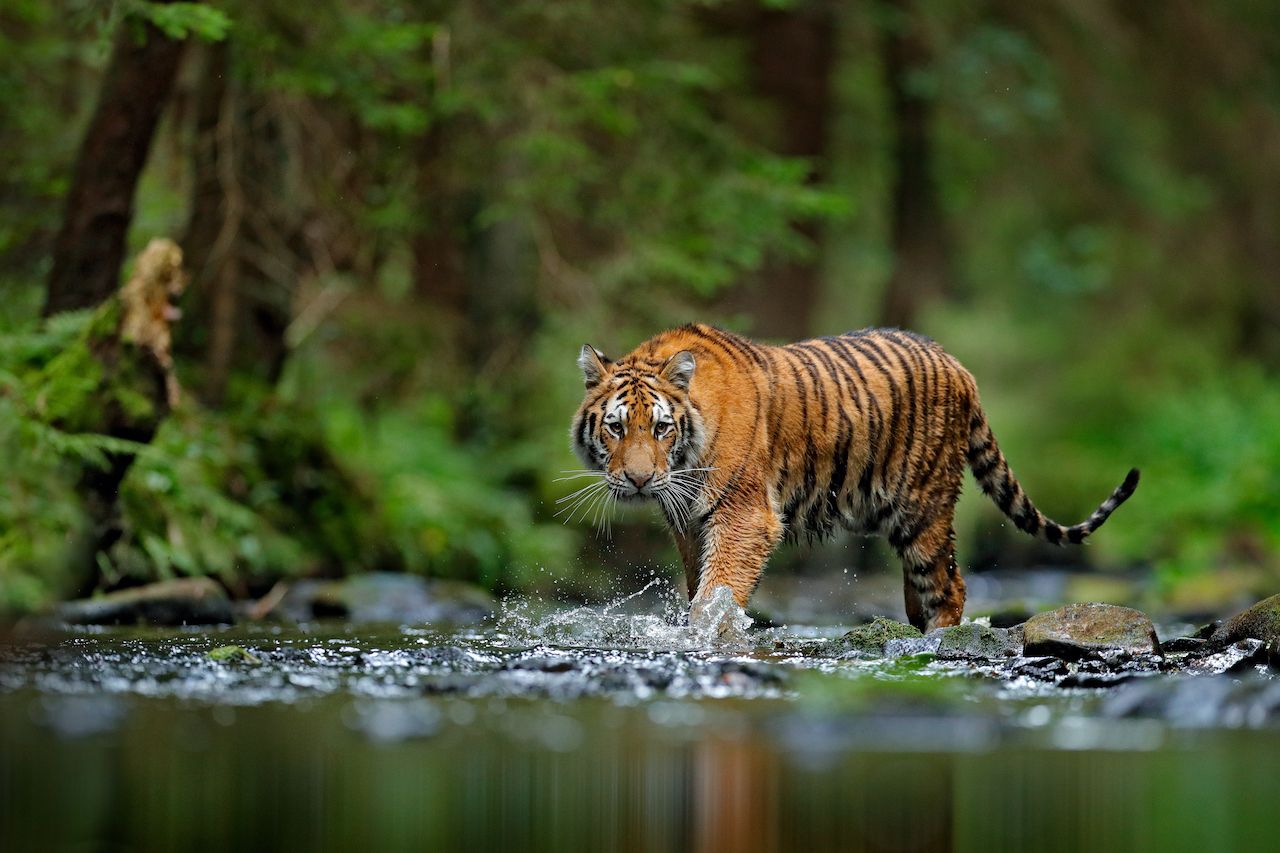In 2010, the United Nations Convention on Biological Diversity set 20 global goals to preserve biodiversity around the world. The results are in, and humanity has failed miserably on a global scale. According to the 220-page report issued last week, we didn’t meet a single one of the 20 Aichi Targets as the 10-year goals were called. But there was a glimmer of light in the report.
The report detailed how over-consumption, rampant population growth, and increasing encroachment into natural habitats threaten not just ecosystems on the outskirts of major cities but also habitats everywhere on Earth. The overwhelming diagnosis is this: Humankind is failing to prioritize the wellbeing of any species other than ourselves. But when we do take action, progress is both noticeable and significant. Here’s a quick summary and a look to the future.

